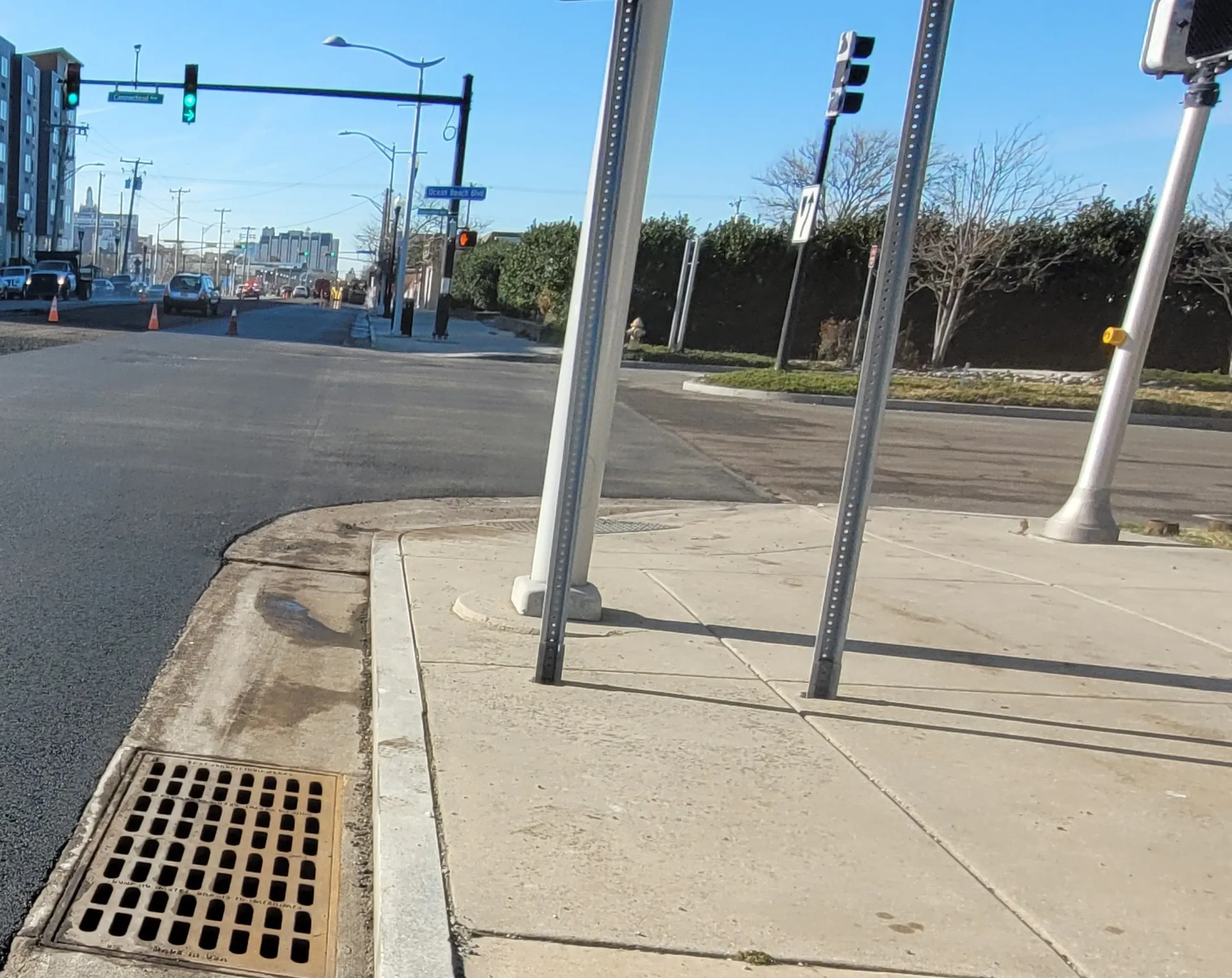Siemens has launched a new low-cost coating for traffic controllers and signals which provides lasting protection against dirt and acts as an anti-graffiti barrier, making it difficult to attach posters or write on the protected surface. According to head of product management, Keith Manston, the new coating is completely transparent so does not affect the appearance of coated products. Treated surfaces are up to 80% self-cleaning. Coated assets such as VMS signs and controller cabinets require little atten
June 25, 2012
Read time: 1 min










